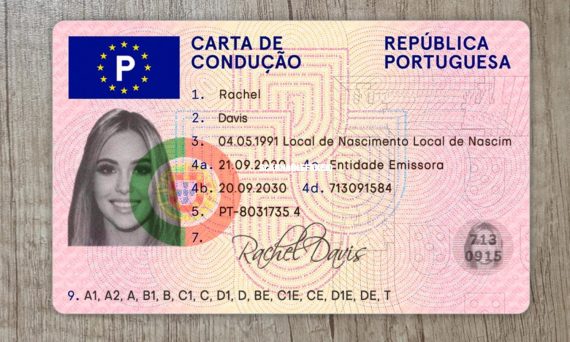How to Pass Your Driving Test: A Comprehensive Guide
Passing the driving test is a considerable turning point for many people seeking self-reliance and movement. While it can be an overwhelming experience, sufficient preparation can significantly enhance one's possibilities of success. This article offers a helpful introduction, providing practical ideas, essential knowledge, and beneficial resources for anyone excited to dominate their driving examination.
Understanding the Driving Test
The driving test typically includes 2 main parts: a written understanding test and a useful driving evaluation. The knowledge test evaluates a candidate's understanding of traffic laws, road signs, and safe driving practices. The dry run assesses a candidate's ability to operate a car properly and securely in real-world driving conditions.
Types of Driving Tests
| Test Type | Description |
|---|---|
| Written Test | A multiple-choice assessment on road rules and signs. |
| Vision Test | Assesses the candidate's eyesight and ability to see road threats. |
| Dry run | An on-road assessment of driving abilities, including maneuvers and adherence to traffic laws. |
Preparing for the Driving Test
1. Study the Rules of the Road
A thorough understanding of traffic laws is vital. Candidates need to familiarize themselves with:
- Traffic signals and their significances
- Road indications and their ramifications
- Right-of-way guidelines
- Safe driving practices and protective driving strategies
Resources:
- Driver's handbook from the local transportation authority
- Online driving course materials
2. Take a Driver Education Course
Enrolling in an official driving school can offer important direction and practice. A qualified trainer can provide vital insights into both composed and practical components of the driving test.
Benefits of Driver Education:
- Professional guidance and structured learning
- Access to practice vehicles equipped with dual controls
- Mock tests to simulate the driving test environment
3. Practice, Practice, Practice
Hands-on experience is vital for passing the practical driving test. Candidates should:
- Log a minimum number of monitored driving hours
- Practice driving in varied conditions (e.g., highways, metropolitan areas, night driving)
- Refine essential abilities such as parallel parking, turning, and combining
4. Know the Test Route
Lots of driving inspectors use particular paths for screening. Acquainting oneself with potential test routes can alleviate anxiety and enhance confidence. Prospects need to drive these routes during session to identify challenging locations.
Day of the Driving Test
As the test day techniques, candidates need to be well-prepared to optimize their performance.
1. Vehicle Readiness
Ensure the vehicle remains in excellent condition. Inspect the following:
- Tire pressure and tread depth
- Fluid levels (oil, brake, windscreen wiper)
- Functionality of lights and signals
- Tidiness of the car (within and out)
2. Arrive Early
Getting to the screening site ahead of time enables candidates to relax and mentally prepare. Hurrying can present unneeded tension that may impact efficiency.
3. Stay Calm and Focused
It's natural to feel nervous, however remaining calm is important. Prospects can employ strategies such as deep breathing exercises or visualization strategies to handle stress and anxiety.
Typical Mistakes to Avoid
Comprehending common risks can help prospects guide clear of mistakes during the exam.
- Stopping working to Observe: Neglecting to inspect mirrors or blind areas.
- Speeding: Not maintaining proper speed limits.
- Incorrect Use of Signals: Failing to indicate when changing lanes or turning.
- Worried Behavior: Overreacting to inspector directions or unforeseen situations.
Often Asked Questions (FAQs)
Q1: How long does the driving test take?
A1: The practical driving test typically lasts between 20-40 minutes, while the composed test might take around 30 minutes, depending upon the area.
Q2: What should I bring to the driving test?
A2: Bring necessary documents such as your student's permit, proof of identity, a roadworthy automobile, and any necessary charges.
Q3: Can I take the test in an automatic cars and truck?
A3: Yes, candidates can take the test in an automated automobile, however they might be restricted from driving manual automobiles unless they pass the manual test.
Q4: What takes place if I stop working the driving test?
A4: If a candidate stops working the test, they can usually reapply for the next offered test date after a specified waiting period, typically a couple of days to weeks.
Passing the driving test needs a mix of understanding, skill, preparation, and composure. With thorough research study, practice, and understanding of the screening format, candidates can considerably increase their likelihood of success. Therefore, approach Venda De Carta De Condução driving test as both a challenge and a chance for development, and with the right tools and state of mind, passing the test will quickly end up being a reality.

